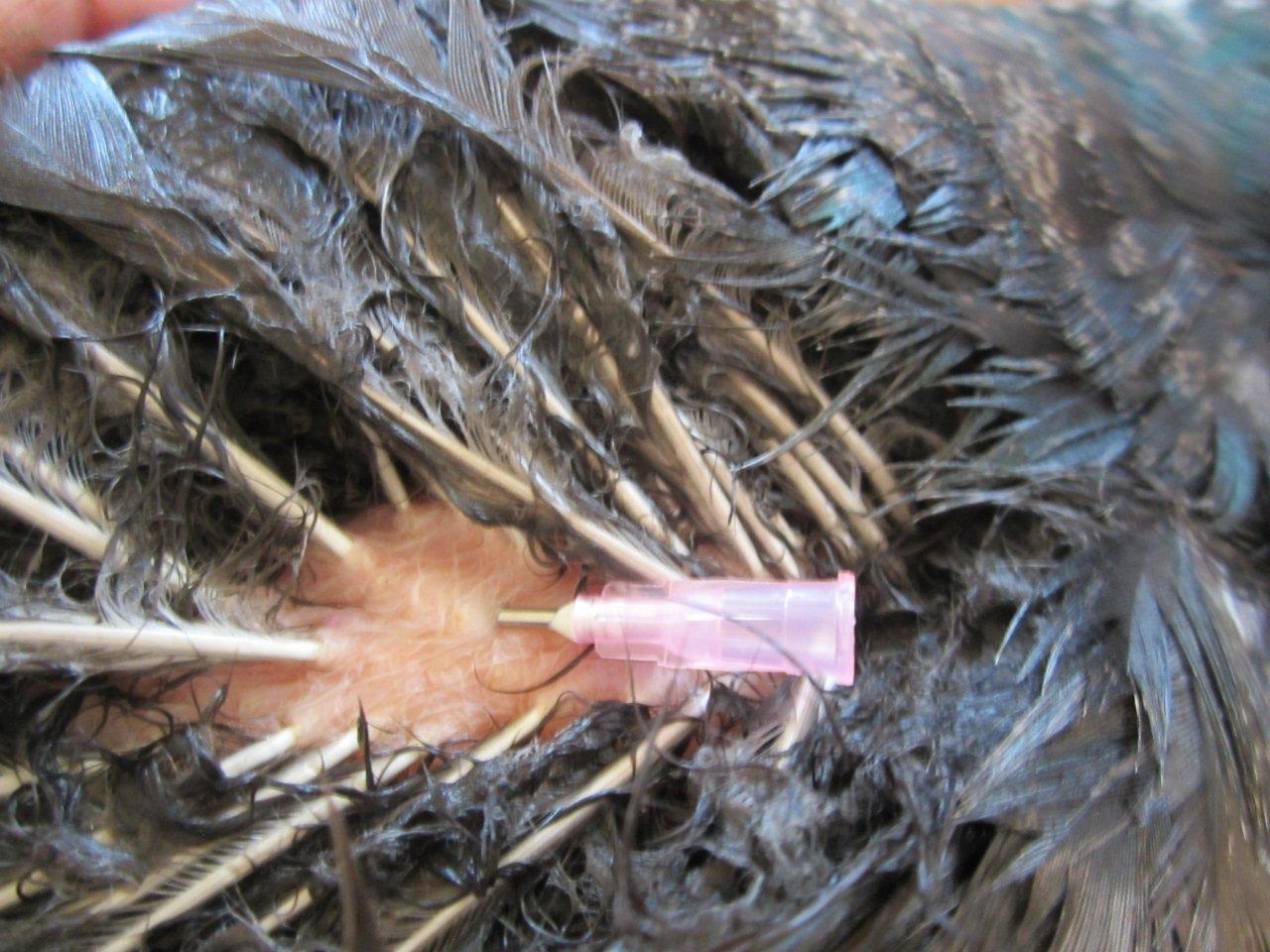- Thread starter
- #101
@DaveOmak , just read the comment in the ovation (thanks!) and I see that you're going to do your own necropsy. Will you take pictures and post them?
-Kathy
-Kathy
Follow along with the video below to see how to install our site as a web app on your home screen.
Note: This feature may not be available in some browsers.
@DaveOmak , just read the comment in the ovation (thanks!) and I see that you're going to do your own necropsy. Will you take pictures and post them?
-Kathy
Sick birds are almost always mildly to moderately dehydrated, so that's when I do it. Have also done it with egg bound hens.
-Kathy
Quote: Yes, but it's most effective in mildly dehydrated birds. More severely dehydrated birds would require intravenous or intraosseous routes fluids, those I do not know how to give.
http://www.exoticpetmedicine.com/article/S1557-5063(10)00214-4/abstract
"Fluid therapy is a foundation of emergency medicine, thus its importance cannot be underestimated. Avian fluid therapy shares the general principles used for mammalian species, yet it seems appropriate to emphasize certain differences and highlight a few catheter techniques that are required to perform avian emergency medicine. As with other companion animal species, 4 main routes of fluid administration exist. However, in the critically ill avian patient, the intravenous and, more importantly, intraosseous routes of fluid administration become the clinician's preferred methods of vascular access. This brief communication will familiarize the reader with the intravenous catheterization of the ulnar/basilic and right jugular veins and the intraosseous catheterization of the distal ulna in raptors. The step-by-step pictorial presentation of each technique will facilitate the learning experience and provide visual cues. Accompanying information will give the reader an understanding of possible complications, the authors' suggested techniques based on the clinical presentation and the patient size, as well as a protocol to use for appropriate hydration of the avian patient. Raptors are used as a model in this article; however, these techniques and supporting information can easily be applied to most avian species."
-Kathy
I did the sodium chloride once on a chicken that was ill. It killed him in no time flat. I did it under the skin, just like I had done many times on my ill pet. The bird went into some kind of spasms and died. I figured it must have been because of the sodium. I always heard that birds are sensitive to salts or sodium. So, unless it was just a coincidence in my case, I would avoid the sodium chloride.Here is what I used on a live peahen: Okay... this is what I use when I give fluids by myself: This is a bag warmed Lactated Ringer's, but one can also use 0.9% Sodium ChlorideEnough syringes to give whatever amout you choose to give
Pre-filled syringes with warmed fluids and new 18 gauge needle.
Wet area with rubbing alcohol, this will allow better viewing of the injection site.


I need to think about text for each picture, so check back! -Kathy
Quote: Stress can kill them, but so can doing it in the wrong place, like too close to the air sacs. But I will call my vet and ask just to be sure.
-Kathy